When you think of the Middle East, what comes to mind? Perhaps it's the vast deserts, unique cultural beliefs, abundant oil resources, robust economic power, or ancient history...
Beyond these obvious characteristics, the Middle East also boasts a rapidly growing e-commerce market. Referred to as the untapped e-commerce "blue ocean," it holds enormous potential and allure.
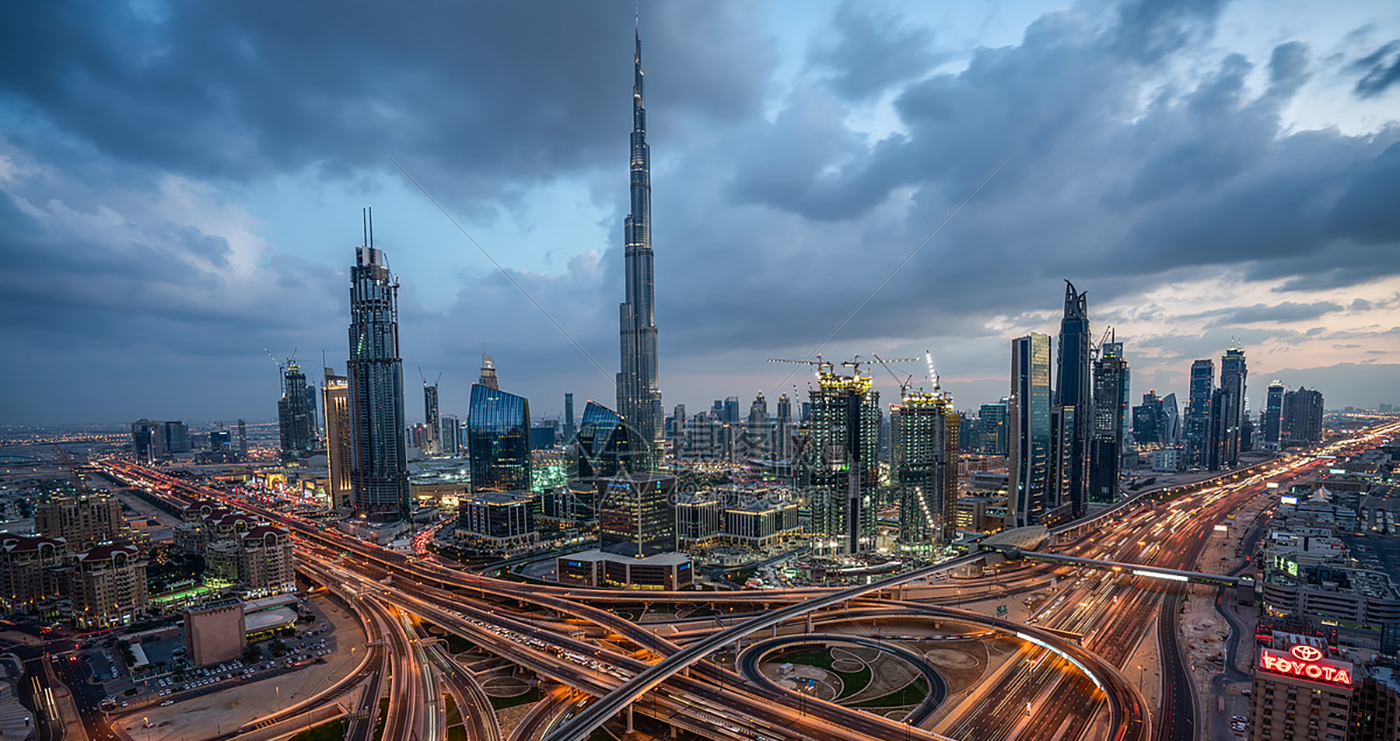
★What are the characteristics of the e-commerce market in the Middle East?
From a macro perspective, the e-commerce market in the Middle East has four prominent characteristics: centered around the Gulf Cooperation Council (GCC) countries, high-quality population structure, the wealthiest emerging market, and dependence on imported consumer goods. The per capita GDP of Gulf Cooperation Council (GCC) countries such as Saudi Arabia and the United Arab Emirates exceeds $20,000, and GDP growth rates remain relatively high, making them the wealthiest emerging markets.
●Internet Development: Middle Eastern countries have a well-developed internet infrastructure, with an average internet penetration rate reaching as high as 64.5%. In some major internet markets, such as Saudi Arabia and the United Arab Emirates, the penetration rates exceed 95%, far surpassing the world average of 54.5%. Consumers also tend to use online payment tools and have a high demand for personalized recommendations, optimized logistics, and delivery networks.
●Online Shopping Dominance: With the widespread adoption of digital payment methods, consumers in the Middle East are increasingly inclined to use online payment tools. Simultaneously, the optimization of personalized recommendations, logistics, and delivery networks creates a more attractive shopping environment for consumers.
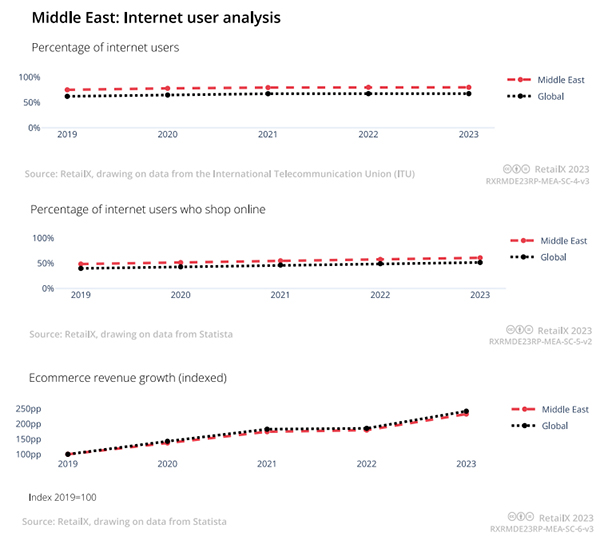
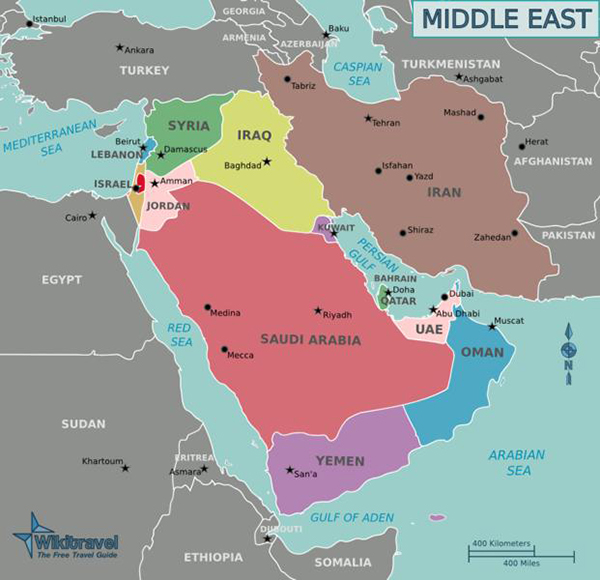
●Strong Purchasing Power: When it comes to the economy of the Middle East, the "Gulf Cooperation Council (GCC) countries" cannot be overlooked. The GCC countries, including the United Arab Emirates, Saudi Arabia, Qatar, Kuwait, Oman, and Bahrain, constitute the wealthiest emerging market in the Middle East. They boast relatively high levels of per capita income and are considered to have high average transaction values. Consumers in these regions pay great attention to product quality and unique designs, particularly favoring high-quality foreign goods. Chinese products are highly popular in the local market.
●Emphasis on Product Quality: Light industry products are not abundant in the Middle East and are mainly reliant on imports. Consumers in the region tend to purchase foreign goods, with Chinese products being particularly popular in the local market. Consumer electronics, furniture, and fashion items are all categories where Chinese sellers have an advantage and which are also categories with limited local production.
●Youthful Trend: The mainstream consumer demographic in the Middle East is concentrated between the ages of 18 and 34. The younger generation has a higher proportion of shopping through social media and e-commerce platforms, and they prioritize fashion, innovation, and personalized products.
●Focus on Sustainability: When making purchasing decisions, consumers in the Middle East prioritize the environmental friendliness of products and consider their durability and eco-friendliness. Therefore, companies competing in the Middle Eastern market can win consumer favor by aligning with this environmental trend through product features, packaging, and other means.
●Religious and Social Values: The Middle East is rich in culture and traditions, and consumers in the region are sensitive to the cultural factors behind products. In product design, it's important to respect local religious and social values to gain acceptance among consumers.

★The demand for fashion categories among consumers in the Middle East is substantial
Fashion e-commerce platforms are experiencing rapid growth in the Middle East. According to data from Statista, electronics rank first in terms of sales categories in the Middle East, followed by fashion, with the latter exceeding $20 billion in market size. Since 2019, there has been a significant shift in consumer shopping habits towards online shopping, leading to a considerable increase in the scale of online purchases. Residents of the Gulf Cooperation Council (GCC) countries have relatively high per capita disposable incomes, contributing to significant demand for e-commerce. It is expected that the e-commerce market will maintain a high growth rate in the foreseeable future.
Consumers in the Middle East have strong regional preferences when it comes to their fashion choices. Arab consumers are particularly enthusiastic about fashionable products, which is evident not only in footwear and clothing but also in accessories such as watches, bracelets, sunglasses, and rings. There is extraordinary potential for fashion accessories with exaggerated styles and diverse designs, with consumers exhibiting high demand for them.

★ NAVIFORCE watches have gained recognition and popularity in the Middle East region
When shopping, consumers in the Middle East do not prioritize price; instead, they place greater emphasis on product quality, delivery, and after-sales experience. These characteristics make the Middle East a market full of opportunities, particularly for products in the fashion category. For Chinese companies or wholesalers seeking to enter the Middle Eastern market, besides offering high-quality products, it is essential to focus on controlling the supply chain and after-sales service to meet the demands of Middle Eastern consumers and capture market share.
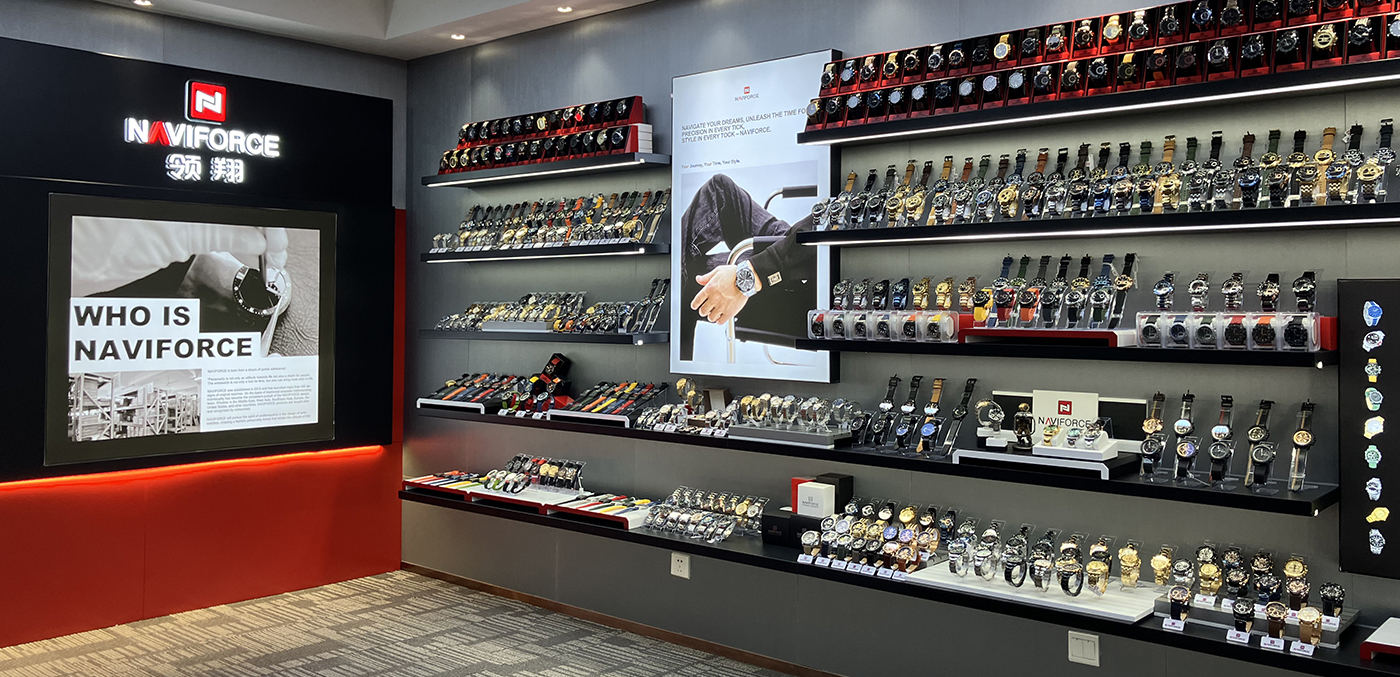
NAVIFORCE has gained widespread recognition in the Middle East region due to its unique original designs, affordable prices, and well-established service system. Numerous successful cases have demonstrated NAVIFORCE's excellent performance in the Middle East, earning high praise and trust from consumers.
With over 10 years of watchmaking experience and a robust supply chain management system, NAVIFORCE has obtained various international certifications and third-party product quality evaluations, including ISO 9001 quality system certification, European CE, and ROHS environmental certification. These certifications ensure that we deliver high-quality watches that meet the stringent demands of our esteemed customers. Our reliable product inspection and after-sales service provide customers with a comfortable and genuine shopping experience.
Post time: Apr-07-2024






 Men
Men
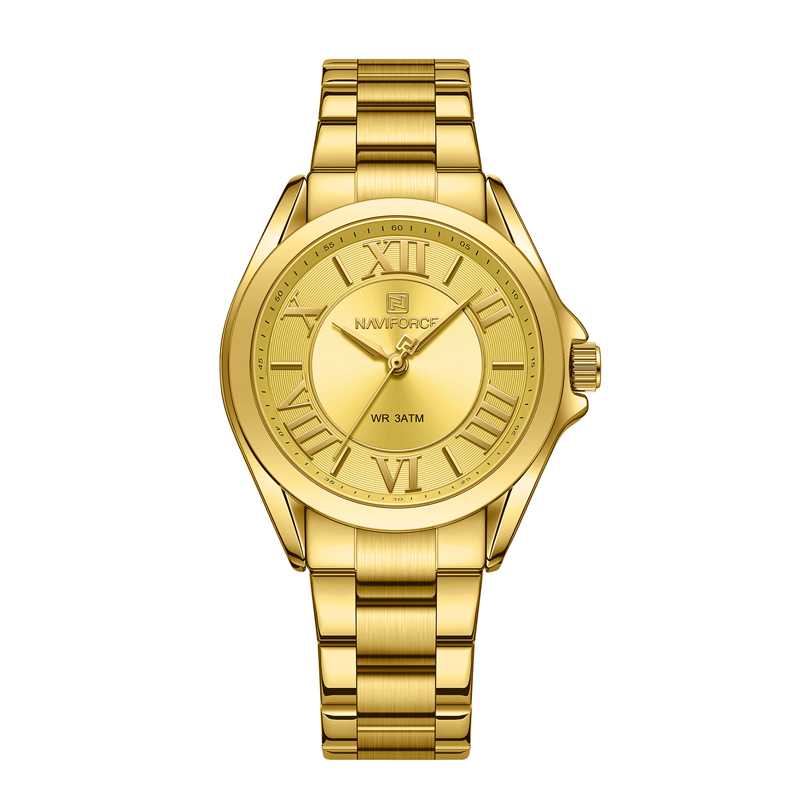 Women
Women
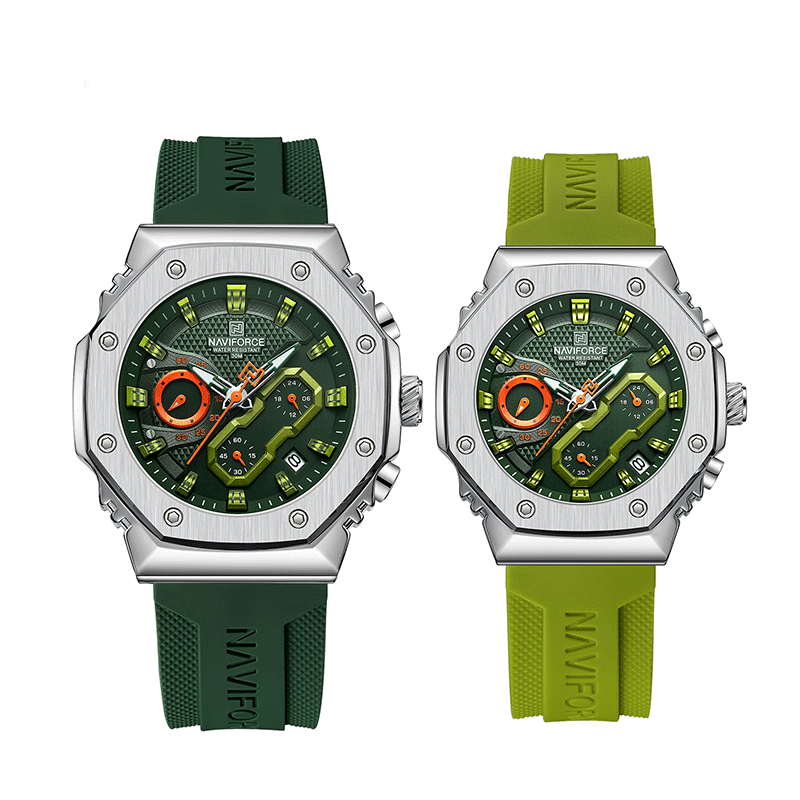 Couples
Couples
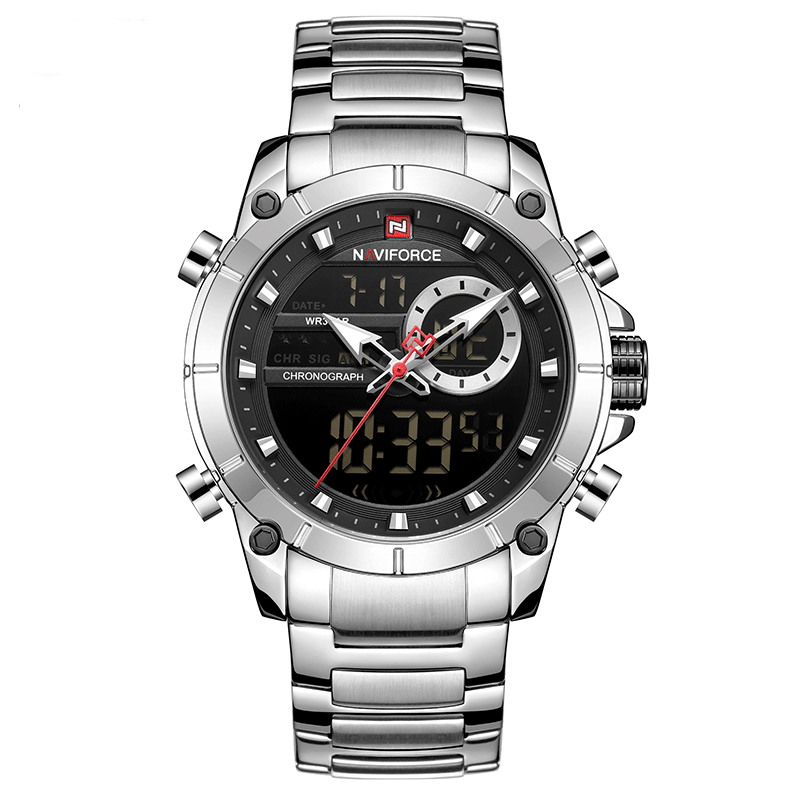 Digital Watch
Digital Watch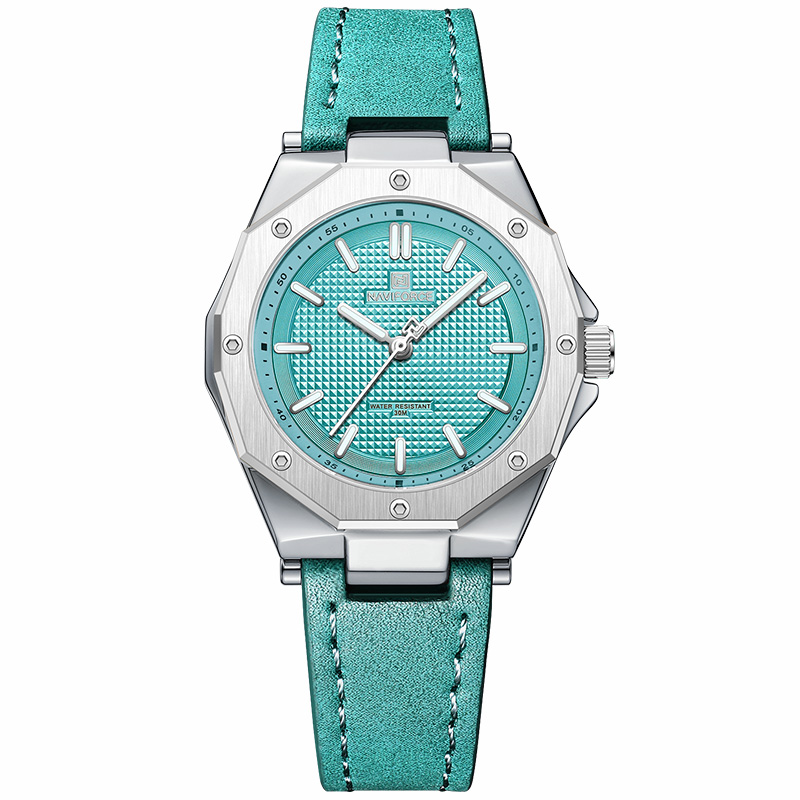 Quartz
Quartz Quartz
Quartz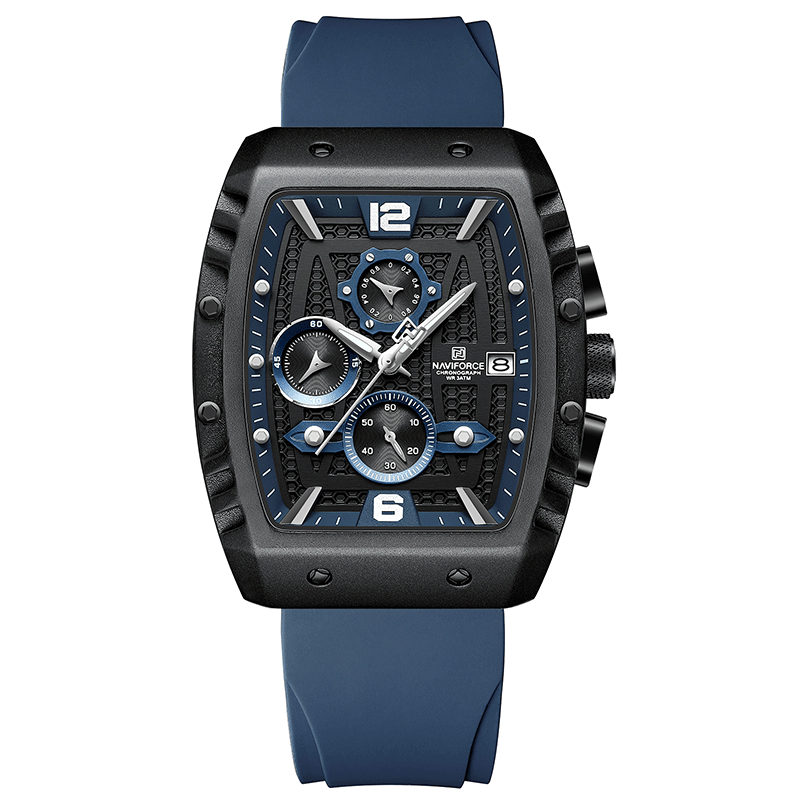 Quartz
Quartz  Quartz
Quartz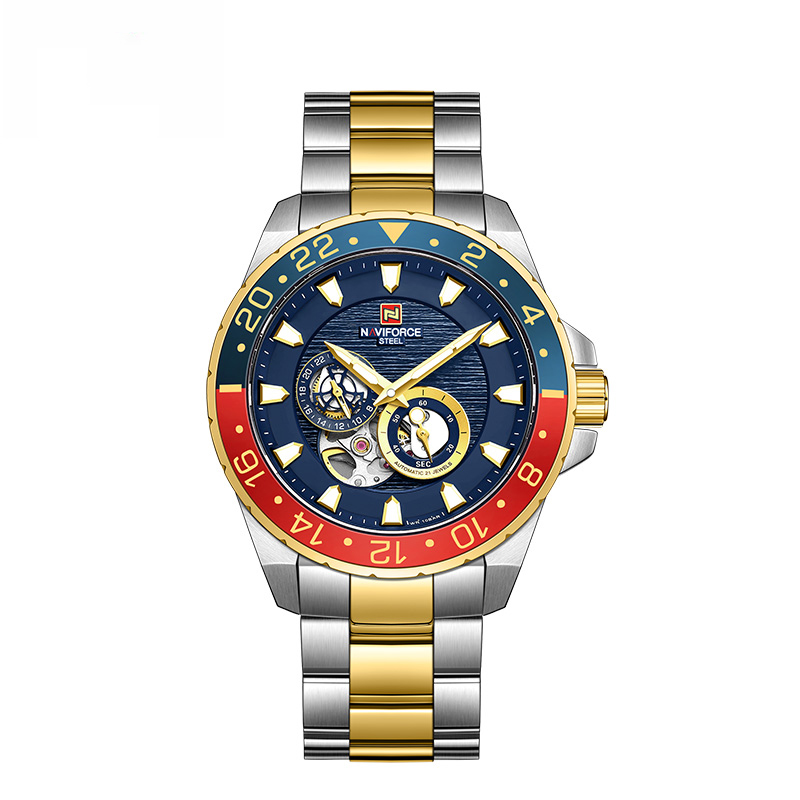 Automatic Mechanical Watch
Automatic Mechanical Watch
 Solar-Powered Watch
Solar-Powered Watch
 Smart Watch
Smart Watch




